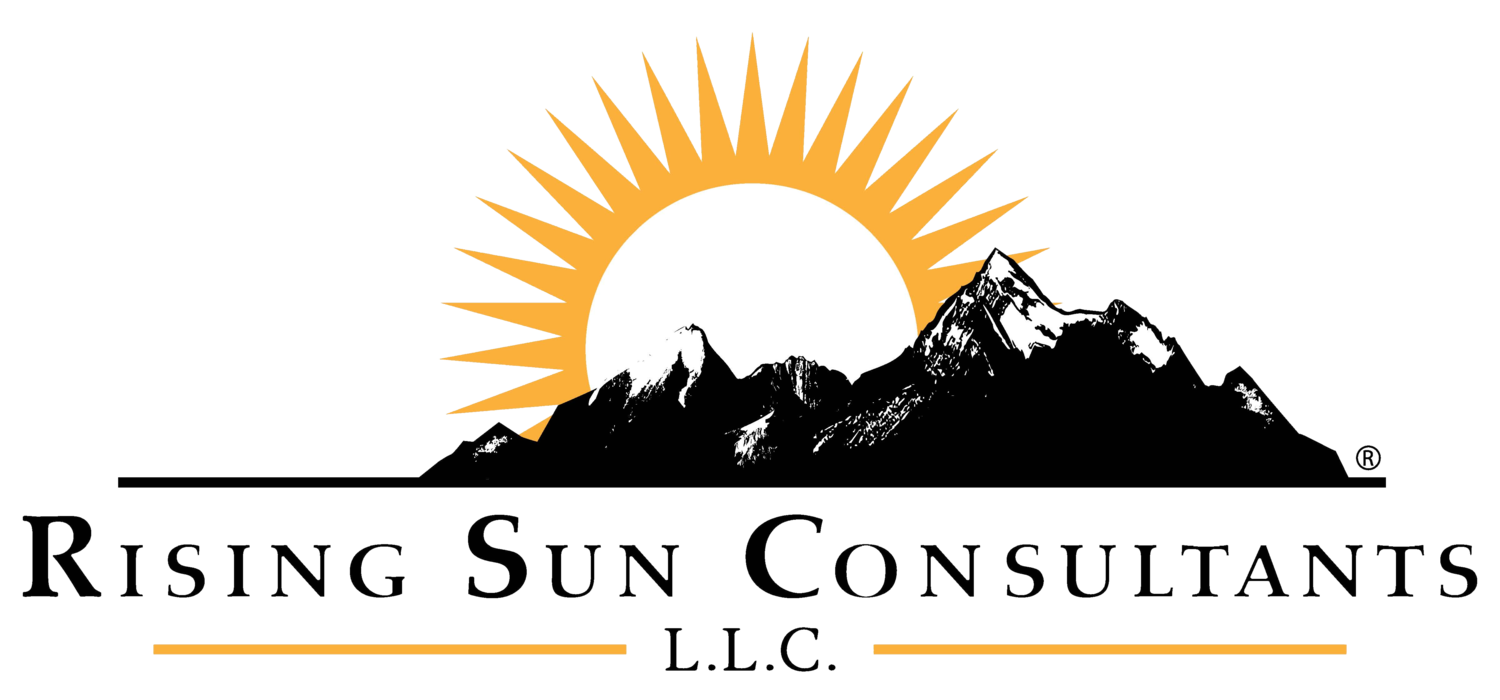“Any type of business or investing activity that results in high profits, but harms people, cannot be considered truly successful.” – Rachel McDonough, Wealth Advisor with Wealth Squared and Founder of Wealthfluence
In today’s world of quarterly earnings and instant gratification, two powerful concepts offer a refreshing alternative: servant leadership and patient capital. When combined, they create an investment approach that prioritizes lasting impact over quick returns.
The Servant Investor Advantage
Servant leadership—putting others’ needs first—translates beautifully to investment strategy.
Like servant leaders who develop their teams for long-term success, servant investors provide more than just capital. They offer mentorship, connections, and strategic guidance while respecting entrepreneurs’ autonomy to execute their vision.
This approach reshapes the investor-investee relationship from mere transaction to genuine partnership. Rather than imposing arbitrary growth metrics, servant investors ask: “How can we help you build something sustainable?”
Anthony Thomas, a business leader involved in startups, tech, and venture capital puts it this way: “Sustainable growth over hypergrowth. Profit over vanity metrics. Because sometimes, the biggest impact comes from leaders who choose to do things differently.”
Patient Capital as a Competitive Edge
Jacqueline Novogratz, founder and CEO of Acumen Fund, in the TEDTalk she gave in 2007, explained patient capital this way, “Money that they could raise early on, that actually got below market returns and was willing to go the long haul and be combined with management assistance, strategic assistance.” In other words, investments with extended time horizons—complements this leadership style perfectly. By committing to 7-10 year investment cycles (or longer), investors can:
- Support truly transformative innovations that require significant development time
- Enable companies to prioritize quality, sustainability, and ethical practices
- Reduce the pressure that often leads to corner-cutting and short-term thinking
- Build deeper market understanding through complete business cycles
The results speak for themselves. According to a McKinsey study, companies with a long-term orientation delivered 47% higher revenue growth and 36% higher earnings growth over a 15-year period compared to their short-term peers. *Furthermore, research from the Global Impact Investing Network shows that 88% of patient capital investors report meeting or exceeding their financial expectations while creating positive social impact.
Putting It Into Practice
To embrace this approach:
- Structure investment terms that align incentives for long-term value creation
- Create accountability frameworks focused on holistic impact indicators, not just financial returns
- Evaluate potential investments based on leadership capacity, workplace cultures, in addition to business metrics
In a financial landscape that often incentivizes short-term returns, the combination of patient capital and servant leadership principles has the potential to create something extraordinary: investments that generate returns while aligning with deeper values and meaningful impact. As Jessica Kim, co-founder of IanaCare, observes, “The goal of making something people want is very different from making something people want that will also lead to their flourishing.”
_________________
*McKinsey Global Institute – Measuring The Economic Impact of Short-termism https://www.mckinsey.com/~/media/mckinsey/featured%20insights/long%20term%20capitalism/where%20companies%20with%20a%20long%20term%20view%20outperform%20their%20peers/mgi-measuring-the-economic-impact-of-short-termism.pdf

